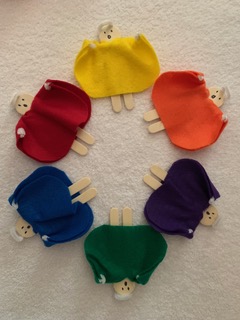“If the bee disappeared off the globe, then man would only have four years of life left. No more bees, no more pollination, no more plants, no more animals, no more man.”
Albert Einstein
There are over 20,000 bee species worldwide including the Honeybee. Wild bees live on every continent except Antarctica. In North America there are approximately 4, 000 native bee species. A bee’s body is divided into three parts, a head with two antennae, a thorax with six legs, and an abdomen. They come in a variety of colors including green, blue, red, or black. Bees see all colors except the color red. Bees feed exclusively on sugary nectar and protein-rich pollen from flowering plants. Bees pollinate about 80% of all flowering plants including 75% of the fruits, nuts, and vegetables grown in the United States. The female bees can sting, but only when they are threatened.
Bees begin life as eggs which hatch into larvae and eventually emerge into their adult form where they feed on gathering nectar and pollen. Both domesticated Honeybees and Native Bee species are in decline. Pollinators notably native Bees are critical to the survival of native plants and people alike. It is widely believed due to habitat loss, natural disasters, other invasive species, and bees being overworked as they are transported to work various fields within agriculture that the bees are exhausted from all these threats. There is a growing threat to bees in some regions called chronic bee paralysis (CBPV).
Children are fascinated with bees especially when they can see the beekeepers use smoke to calm the bees when they are collecting honey or moving the hive. Bees make honey to feed their young, so they have something to eat during the winter. Bees carry the pollen on their legs and body from one flower to another helping to create “genetic variety” by distributing different genes throughout many plants and flowers. The relationship between the plant and the insect is called symbiosis.
We can all help our bees by sharing an understanding how beneficial they are. Some avenues to gather information would be:
Beefriendly Native Bee Conservation Society (http://beefriendly.ca)
Mizejewski, David C. Attracting Birds, Butterflies, and other Backyard Wildlife.
Moisset, B., Buchmann, S. 2011 Bee Basics: An Introduction to Our Native Bees.
Or a visit to your Natural History Museum, especially when they have live butterflies and insects housed on the premise.
Or you might plant native plants that our bees could benefit from as they make their incredibly long migration from North to South and again from South to North.


